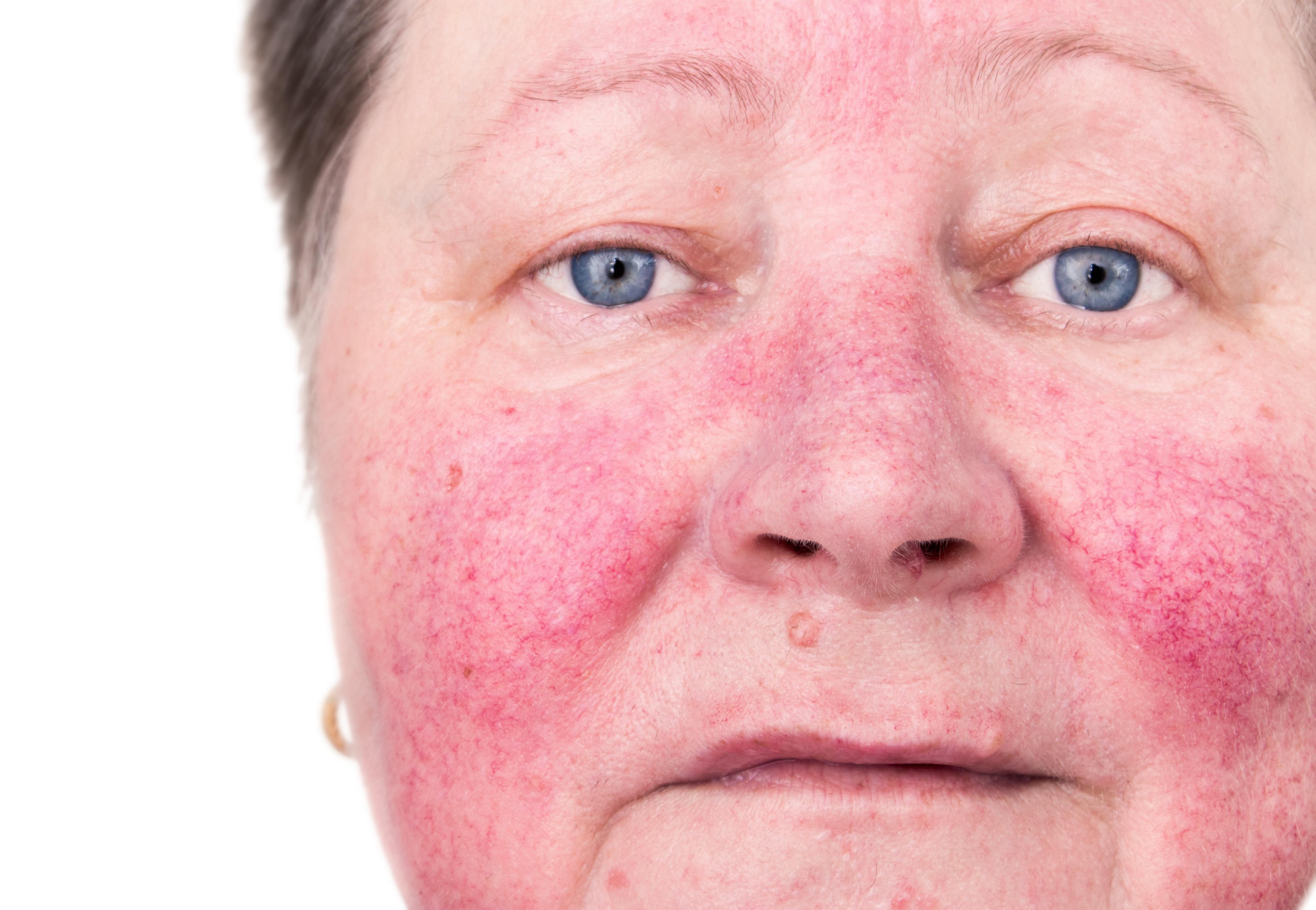Choosing the right treatment for rosacea can be challenging due to the variety of symptoms and triggers associated with the condition. Understanding your skin type, the severity of your rosacea, and potential treatment options is crucial for effective management. This guide will help you navigate the process of selecting the best Rosacea Treatment in Dubai for your skin.
1. Understand Your Symptoms
Before choosing a treatment, it’s essential to identify the specific symptoms you are experiencing:
- Facial Redness: If persistent redness is your primary concern, topical treatments like metronidazole or azelaic acid may be effective.
- Bumps and Pimples: For acne-like lesions, topical antibiotics or retinoids might be necessary.
- Thickened Skin: If you have phymatous rosacea, a dermatologist may recommend specific treatments to address skin thickening.
- Ocular Symptoms: If your eyes are affected, seek advice on specialized treatments for ocular rosacea.

2. Assess the Severity of Your Condition
Rosacea can vary in severity from mild to moderate to severe:
- Mild: Redness with minimal bumps may respond well to topical treatments and lifestyle changes.
- Moderate: Involves more noticeable redness and bumps; oral antibiotics might be necessary in addition to topical treatments.
- Severe: Chronic symptoms may require a combination of treatments, including stronger medications and possibly laser therapy.
3. Consult a Dermatologist
A dermatologist can provide an accurate diagnosis and help tailor a treatment plan based on your specific symptoms and skin type. They can also identify any underlying issues that might be contributing to your rosacea.
4. Consider Your Skin Type
Understanding your skin type is crucial when selecting treatments:
- Sensitive Skin: Look for gentle, fragrance-free products designed for sensitive skin to avoid irritation.
- Oily or Acne-Prone Skin: Non-comedogenic products and lightweight formulations can help manage oiliness without clogging pores.
- Dry Skin: Hydrating treatments and moisturizers are essential to soothe dryness associated with rosacea.
5. Evaluate Lifestyle and Triggers
Identifying and managing triggers is vital for effective rosacea treatment:
- Dietary Triggers: Keep a food diary to identify foods that provoke flare-ups. Adjust your diet accordingly.
- Environmental Factors: Protect your skin from sun exposure and extreme temperatures with appropriate clothing and sunscreen.
- Stress Management: Incorporate stress-reducing techniques like meditation or yoga into your daily routine.
6. Explore Treatment Options
Familiarize yourself with the various treatment options available:
- Topical Treatments: Medications like metronidazole, azelaic acid, and ivermectin can help reduce inflammation and redness.
- Oral Medications: Antibiotics such as doxycycline are effective for more severe cases.
- Laser Treatments: Consider laser therapy for persistent redness and visible blood vessels if topical treatments are insufficient.
7. Monitor and Adjust Your Treatment Plan
Rosacea management is often an ongoing process. Regularly assess your skin's response to treatments and make adjustments as needed:
- Track Symptoms: Keep a journal of your symptoms and treatments to identify what works best.
- Follow-Up with Your Dermatologist: Schedule regular appointments to discuss your progress and make any necessary changes to your treatment plan.
8. Be Patient
Finding the right rosacea treatment may take time. It’s important to be patient and give treatments time to work. Many medications can take several weeks to show noticeable results.
Conclusion
Choosing the right rosacea treatment involves understanding your symptoms, skin type, and lifestyle triggers. Consulting with a dermatologist can provide personalized guidance, helping you navigate the various treatment options available. By being proactive and patient, you can effectively manage your rosacea and improve your skin's appearance and health.





Comments